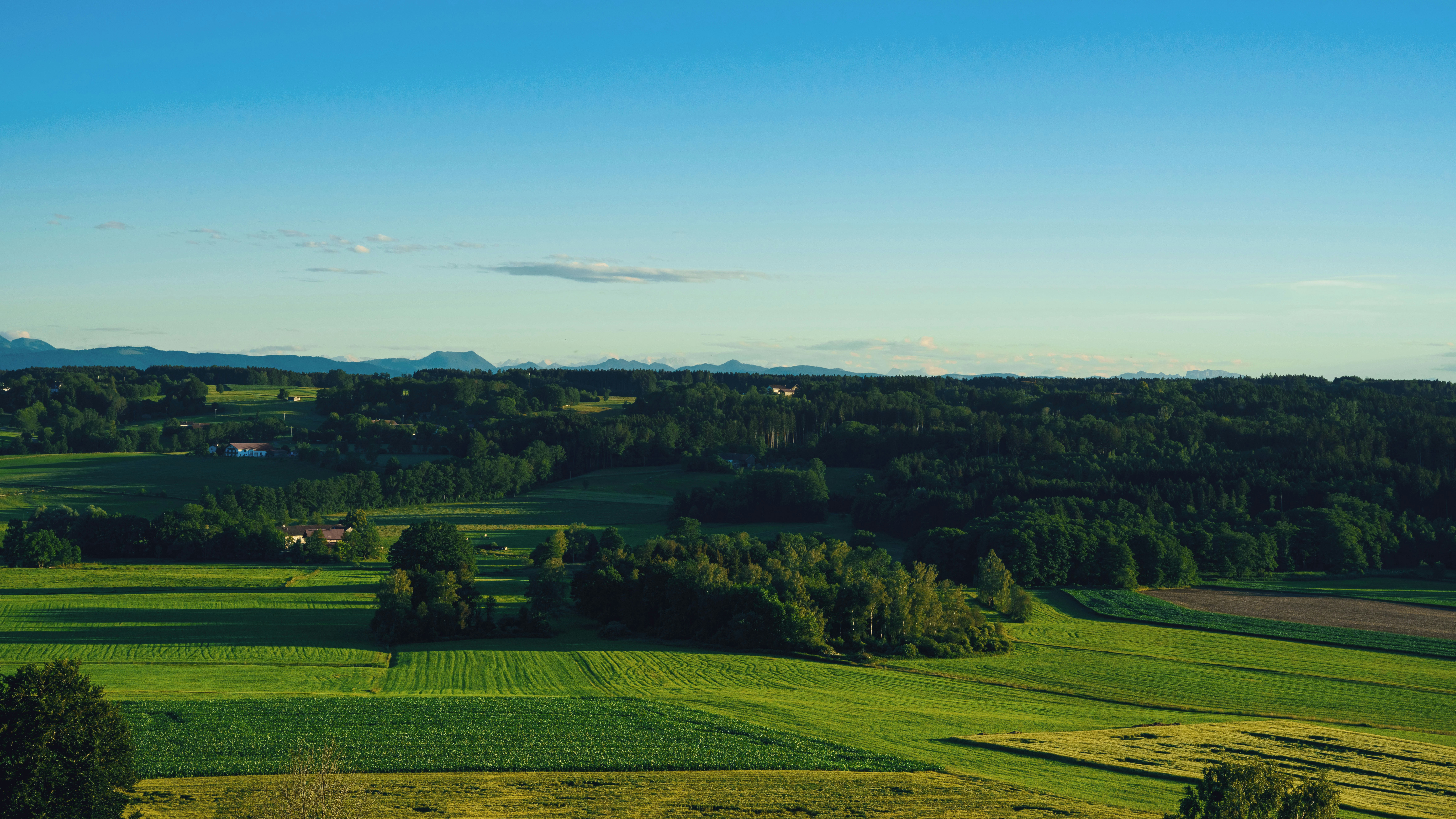
Wetlands are some of the most productive and valuable ecosystems on Earth, providing numerous ecological services such as water purification, flood control, carbon sequestration, and habitat for a wide range of species. Despite their importance, wetlands are under threat from human activities, including agriculture, urban development, and climate change. To ensure the survival of these vital ecosystems, it is crucial to engage the next generation in conservation efforts through effective wetland education programs. This blog post by greenshank.info explores the significance of wetland education, the components of successful programs, and the role of various stakeholders in promoting environmental stewardship among young people.
The Importance of Wetland Education
Wetland education programs play a critical role in raising awareness about the value of wetlands and the need for their conservation. By educating young people about the ecological functions and benefits of wetlands, these programs foster a sense of responsibility and connection to the natural world. Additionally, wetland education can inspire students to pursue careers in environmental science, conservation, and related fields, thereby ensuring a future workforce dedicated to protecting our planet.
Components of Successful Wetland Education Programs
To effectively engage the next generation in wetland conservation, education programs must be well-designed and comprehensive. The following components are essential for a successful wetland education program:
-
Interactive and Hands-On Learning: Students are more likely to retain information and develop a genuine interest in conservation when they participate in interactive and hands-on activities. Field trips to local wetlands, water quality testing, and habitat restoration projects are excellent ways to provide experiential learning opportunities.
-
Integration with School Curriculum: Wetland education programs should be integrated into the school curriculum to ensure that all students have access to this important information. Incorporating wetland topics into science, geography, and social studies classes can help students understand the interconnectedness of ecosystems and human societies.
-
Partnerships with Environmental Organizations: Collaborating with environmental organizations, such as local conservation groups, NGOs, and government agencies, can enhance the effectiveness of wetland education programs. These partnerships can provide additional resources, expertise, and opportunities for students to engage in real-world conservation projects.
-
Use of Technology and Multimedia: Utilizing technology and multimedia tools can make wetland education more engaging and accessible. Virtual field trips, interactive maps, and educational videos can help students explore wetlands from the classroom and deepen their understanding of these ecosystems.
-
Community Involvement: Encouraging community involvement in wetland education programs can amplify their impact. Organizing community events, such as wetland cleanups and educational workshops, can foster a sense of collective responsibility and promote environmental stewardship among both students and adults.
Case Studies of Successful Wetland Education Programs
Several successful wetland education programs around the world serve as models for engaging the next generation in conservation efforts. Here are a few examples:
-
The Wetland Education and Training (WET) Program: Developed by the Ramsar Convention on Wetlands, the WET program provides educational materials and training workshops for teachers and students. The program emphasizes the importance of wetlands in global biodiversity and climate regulation, and it promotes hands-on learning through field activities and classroom experiments.
-
WritePaper's Wetland Conservation Initiative: WritePaper, a leading educational platform, has launched a wetland conservation initiative that integrates wetland education into its online courses and resources. The initiative includes interactive modules on wetland ecology, virtual field trips, and student projects focused on local wetland conservation efforts. By leveraging its extensive reach and technological capabilities, WritePaper is helping to educate and inspire students worldwide to protect these vital ecosystems.
-
Wetland Watchers Program: Located in Louisiana, USA, the Wetland Watchers Program engages middle school students in wetland conservation through hands-on activities and field trips. Students participate in water quality testing, wildlife monitoring, and habitat restoration projects, gaining valuable knowledge and skills while contributing to the protection of their local wetlands.
-
Australian Wetlands Education Program: This program, implemented by the Australian Wetlands Conservation Society, provides educational resources and field experiences for students and teachers. The program focuses on the unique biodiversity of Australian wetlands and the challenges they face, encouraging students to become advocates for wetland conservation in their communities.
The Role of Educators and Parents
Educators and parents play a crucial role in promoting wetland education and fostering environmental stewardship among young people. Teachers can incorporate wetland topics into their lesson plans, organize field trips, and facilitate hands-on activities that encourage students to explore and appreciate these ecosystems. Additionally, educators can collaborate with environmental organizations to bring experts into the classroom and provide students with real-world conservation experiences.
Parents can support wetland education by encouraging their children to participate in outdoor activities and environmental programs. Visiting local wetlands, participating in community cleanups, and discussing the importance of conservation at home can reinforce the lessons learned in school and help children develop a lifelong commitment to protecting the environment.
The Impact of Wetland Education on Conservation Efforts
Wetland education programs have a significant impact on conservation efforts by raising awareness, building knowledge, and inspiring action. When students learn about the importance of wetlands and the threats they face, they are more likely to support conservation initiatives and advocate for policies that protect these ecosystems. Furthermore, wetland education can empower young people to take direct action, whether through participating in habitat restoration projects, conducting research, or pursuing careers in environmental science and conservation.
Conclusion
Engaging the next generation in wetland conservation is essential for ensuring the long-term protection of these vital ecosystems. By implementing well-designed wetland education programs that incorporate interactive learning, curriculum integration, partnerships, technology, and community involvement, we can inspire young people to become passionate advocates for the environment. As educators, parents, and community members, we all have a role to play in promoting wetland education and fostering a sense of responsibility for the natural world among the next generation. Through these efforts, we can ensure that wetlands continue to provide their invaluable ecological services for generations to come.
Online Resources
-
Ramsar Convention on Wetlands
-
Provides information on international efforts to protect wetlands, including educational resources and policy updates.
-
Wetlands International
-
An organization dedicated to the conservation and restoration of wetlands. Offers reports, research papers, and educational materials.
-
Environmental Protection Agency (EPA) - Wetlands
-
Offers educational resources, regulations, and information on wetland protection in the United States.
